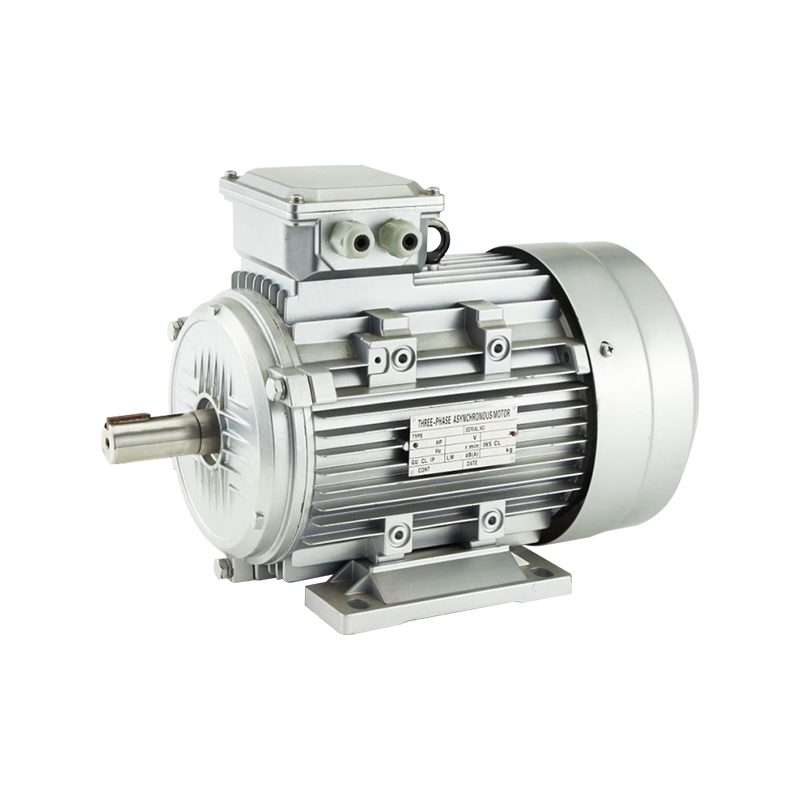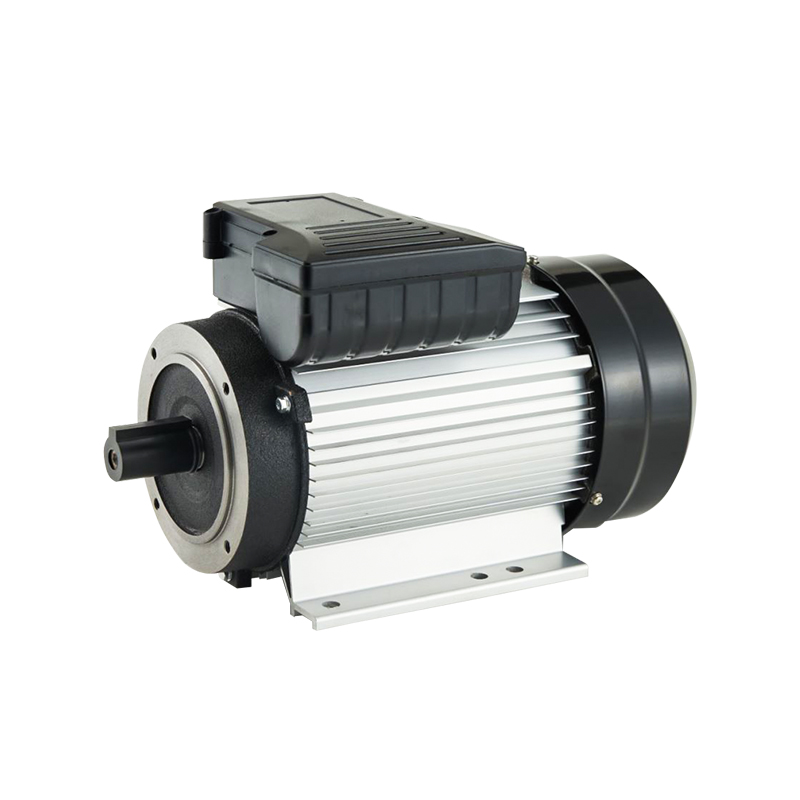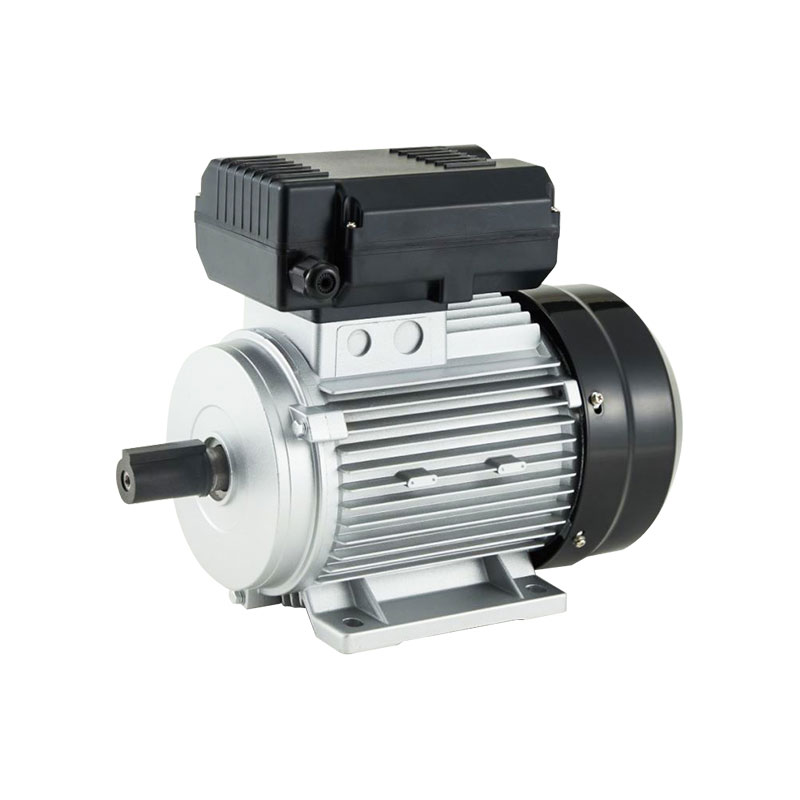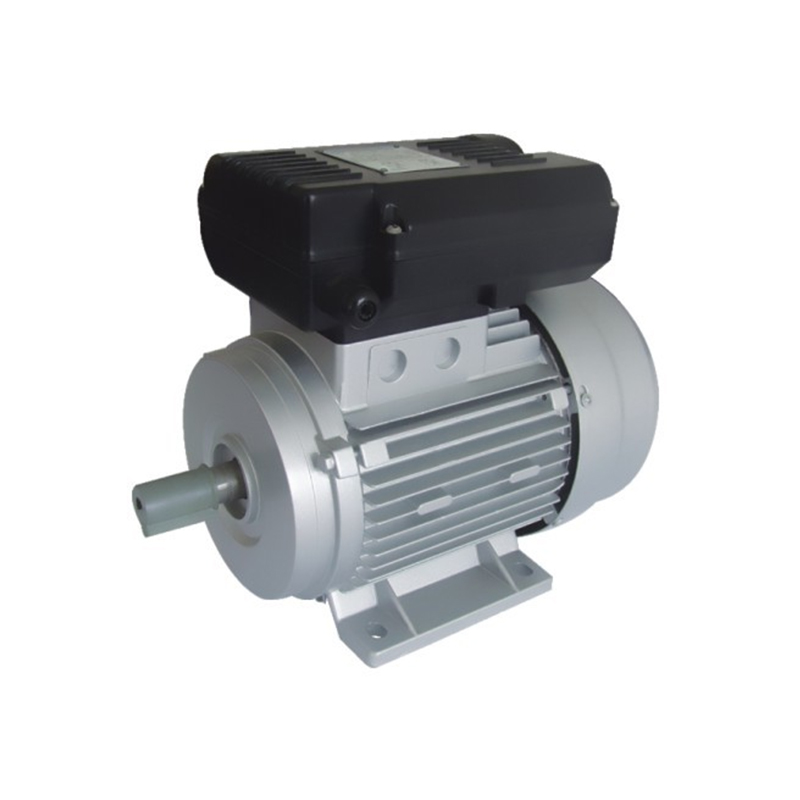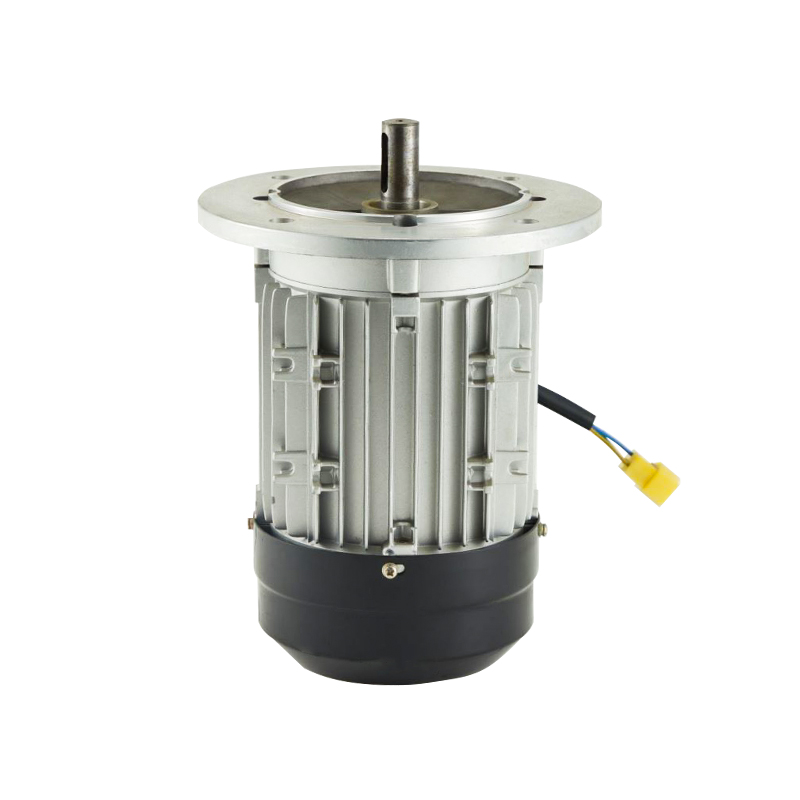Single phase permanent magnet motor (SPPM) and synchronous reluctance internal permanent magnet (SRIPM) technology have gained significant attention for their efficiency and adaptability in various applications. Both of these motor types leverage unique design principles to deliver enhanced performance in diverse industrial and consumer environments. This article explores the fundamental characteristics, operational benefits, and practical uses of SPPM and SRIPM technologies without relying on bad descriptors.
Understanding Single phase permanent magnet motor
Single phase permanent magnet motor are commonly used in applications where efficiency and reliability are key concerns. These motors utilize permanent magnets to generate a magnetic field, removing the need for field windings found in traditional motors. This design improves efficiency by reducing energy losses typically associated with resistive elements in the windings.
One of the distinguishing features of Single phase permanent magnet motor is their simplicity in design and operation. These motors operate with only one alternating current (AC) phase, making them suitable for smaller-scale applications such as household appliances, fans, and small pumps. The lightweight design and reduced material requirements also contribute to their appeal for both manufacturers and consumers alike.
Advantages of SPPM Technology
Several advantages make Single phase permanent magnet motor a favored option for various applications. one, the absence of a separate excitation circuit or field winding lowers the overall complexity and cost of the motor. This simplicity also reduces maintenance needs, as there are fewer components subject to wear and tear. Furthermore, SPPM motors exhibit relatively high torque densities, making them effective in compact systems.
Another key advantage lies in their energy efficiency. By utilizing permanent magnets, these motors avoid many of the losses associated with traditional induction motors. This can result in a reduction in energy consumption over time, which is particularly beneficial in applications where long-term efficiency is crucial. Additionally, the compact size of SPPM motors allows them to be integrated into space-limited environments without sacrificing functionality.
Introduction to Synchronous Reluctance Internal Permanent Magnet Motors
Synchronous reluctance internal permanent magnet motors represent an advanced blend of synchronous reluctance and permanent magnet technology. Unlike traditional reluctance motors that rely purely on magnetic reluctance to produce torque, SRIPM motors incorporate permanent magnets within the rotor to enhance torque production and efficiency.
The rotor design of SRIPM motors includes a combination of reluctance paths and embedded permanent magnets, allowing the motor to produce torque through both reluctance forces and magnetic fields. This dual approach provides better torque characteristics and reduces torque ripple, improving the overall stability and performance of the motor.
Benefits of SRIPM Motors
The inclusion of permanent magnets in synchronous reluctance motors offers several notable benefits. one, it enhances the torque production capabilities of the motor, making it more suitable for high-demand applications. These motors can deliver higher power density compared to purely reluctance-based designs, pilot to improved performance in applications like electric vehicles, industrial automation, and HVAC systems.
Moreover, SRIPM motors are known for their efficiency across a wide range of operating conditions. Their ability to less losses, combined with the magnetic properties of the permanent magnets, ensures energy-efficient performance. This characteristic is particularly advantageous in systems that operate continuously or under varying load conditions, such as pumps, compressors, and conveyor systems.
Applications of SPPM and SRIPM Technologies
Both Single phase permanent magnet motor and synchronous reluctance internal permanent magnet motors find use across a broad spectrum of applications. Single phase permanent magnet motor are commonly utilized in small appliances and systems where simplicity and reliability are primary considerations. Examples include air conditioners, washing machines, and small industrial equipment.
On the other hand, SRIPM motors are more suitable for larger and more complex applications where high efficiency and performance are critical. Industries such as automotive, aerospace, and industrial automation have increasingly adopted SRIPM motors for their energy efficiency, durability, and power density. The use of these motors in electric vehicle drivetrains, for example, highlights their capacity to deliver strong performance while maintaining energy efficiency.
Single phase permanent magnet motor and synchronous reluctance internal permanent magnet technology both play vital roles in modern industries. The simplicity and efficiency of Single phase permanent magnet motor make them ideal for smaller-scale applications, while the advanced design of SRIPM motors offers enhanced performance and reliability for more demanding environments. As technology continues to evolve, these motor types are likely to see further improvements, contributing to the development of more energy-efficient and cost-effective solutions across a variety of sectors.


